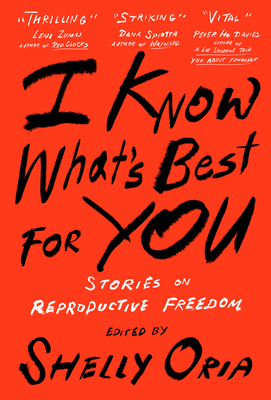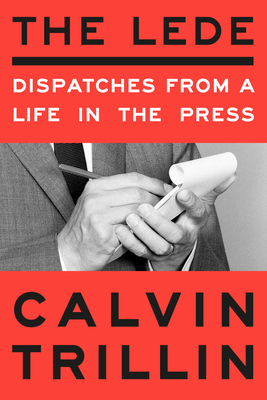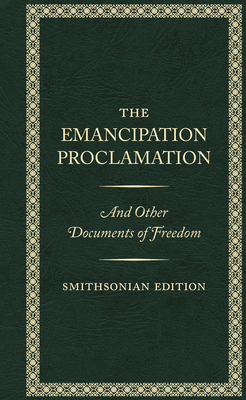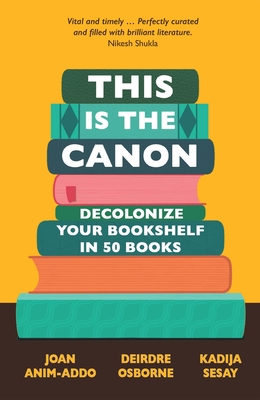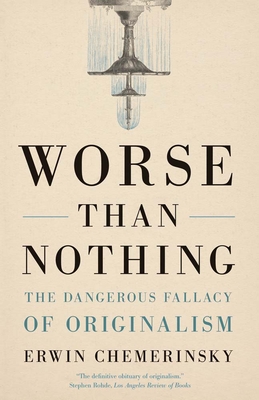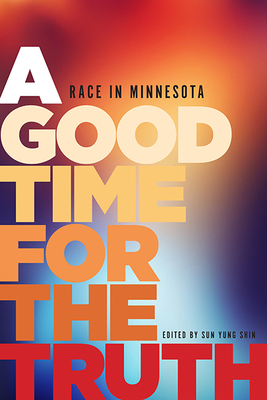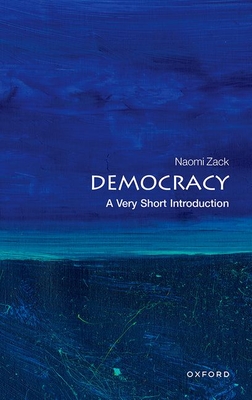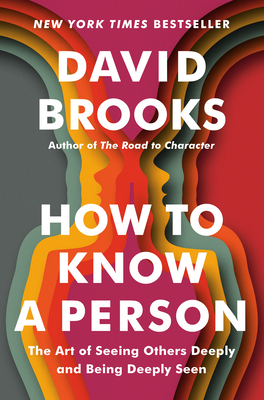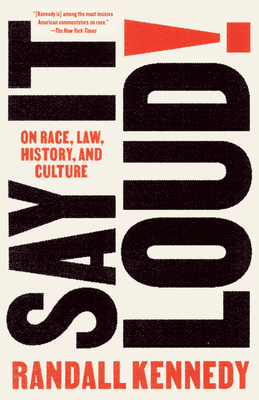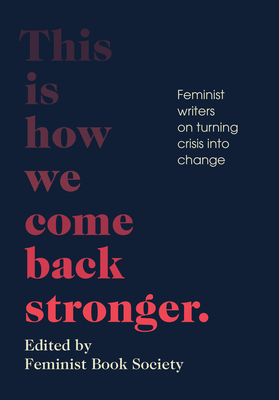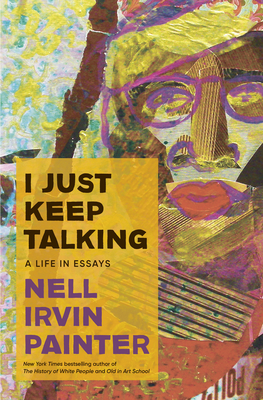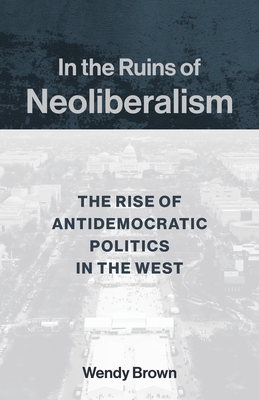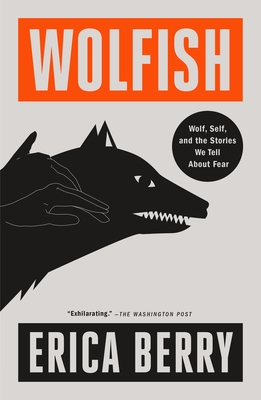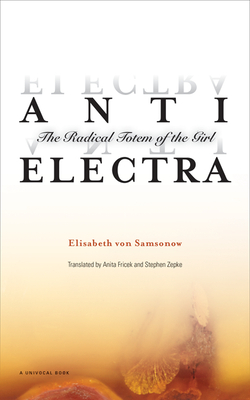
Anti-Electra: The Radical Totem of the Girl (Univocal)
Description
A close examination of the relationship between media, art, and the “Electra complex”
The feminist counterpart to Deleuze and Guattari’s Anti-Oedipus, Anti-Electra is a philosophy of “the girl” as a model of contemporary transgressive subjectivity. Elisabeth von Samsonow asserts that focusing on the girl’s escape from the Oedipus complex leads to a fundamental shift in our most common views on media and art.
Presenting an interpretation of contemporary technics, Anti-Electra argues that technology today encompasses Electra’s gadgets and toys. According to von Samsonow, satellite drive technologies such as wireless telephones, WLAN, and GPS echo the “preoedipal constellation” that the girl specializes in. And with the help of the girl, the cartography of overlapping zones between humankind and animals, as well as between humankind and apparatuses, is redesigned through what the book holds as a “radical totemism.” Anti-Electra ultimately offers a new view on gender, the contemporary world dyed by symbolic girlism, and the (universal) girl in critical dialogue with media, ecology, and society.
Praise for Anti-Electra: The Radical Totem of the Girl (Univocal)
"Anti-Electra constitutes an occasionally uncanny and always fascinating work, which advocates a constellational, schizogamous relationality. This intellectually engaging and witty book will be of interest to art historians, scholars with interests in media studies, and those who are open to be challenged by an exciting feminist revaluation of ancient myths and their relation to the present."—Identities

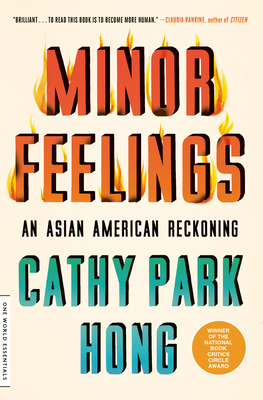
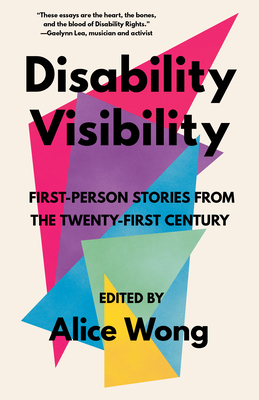
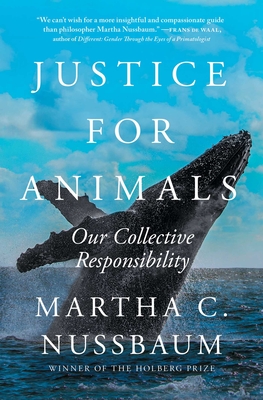
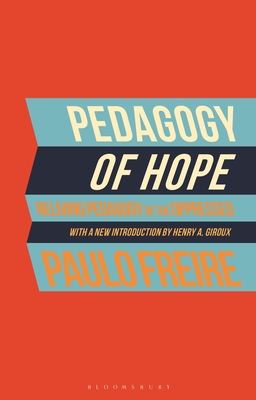
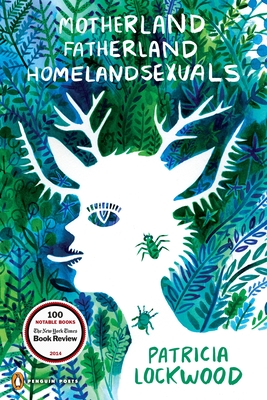
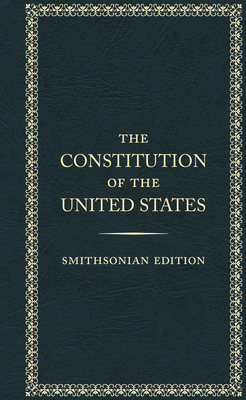
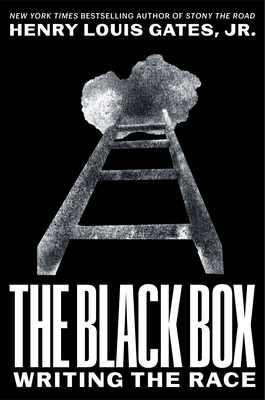
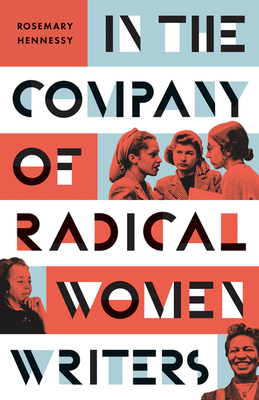
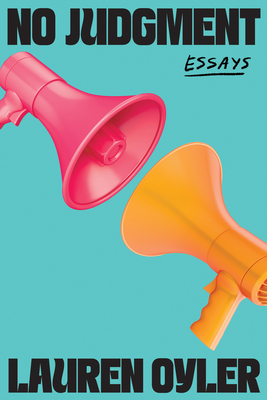
![Zen and the Art of Motorcycle Maintenance [50th Anniversary Edition]: An Inquiry into Values](https://images.booksense.com/images/330/342/9780063342330.jpg)

